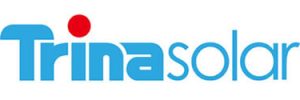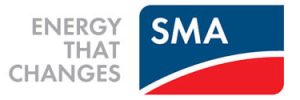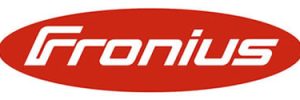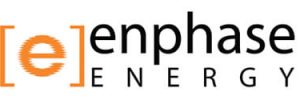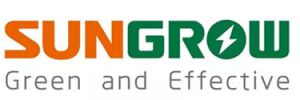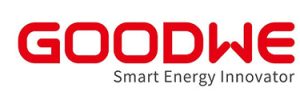Best Solar Feed-In Tariffs on the Coast: Find the Top Rates in 2023
Solar feed-in tariffs are essential to reaping the full financial benefits of a solar system. Without them, you would only enjoy the benefits of solar when the sun is shining and pay full price for electricity at night. Let’s take a look at our top picks for the best solar feed-in tariffs on the Coast for maximizing your savings and return on investment.
Top Solar Feed-In Tariffs
When it comes to finding the best solar feed-in tariffs in NSW, a few standout options offer the highest rates for your excess energy. These include Origin Energy, GloBird Energy, and Powershop, which provide 12c/kWh, 11c/kWh, and 13c/kWh, respectively.
Keep in mind that eligibility criteria and terms apply, so it’s essential to do your research and choose the option that best suits your needs.
Origin Energy
GloBird
Powershop
12c/kWh
11c/kWh
13c/kWh
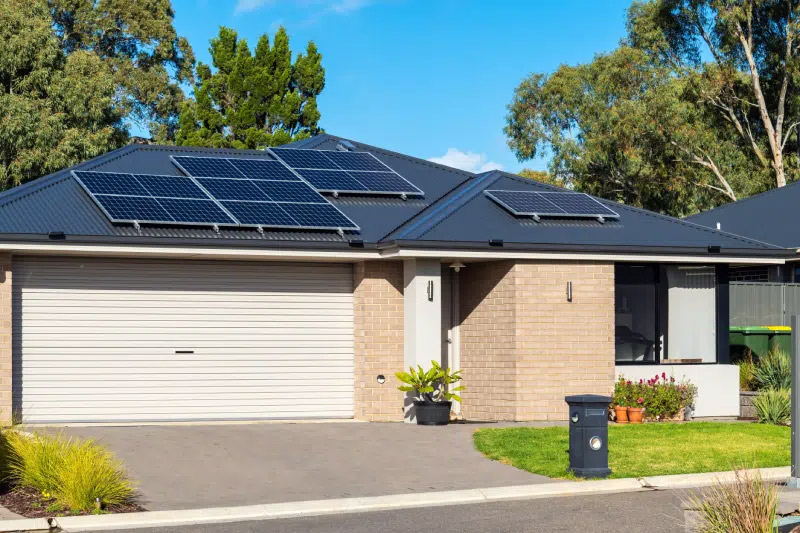
Origin Energy: High FiT Rates
Origin Energy is a major player in the NSW solar market, offering a generous solar feed-in tariff rate of 12c/kWh. To be eligible for this high feed-in tariff, you must have solar panels installed with an inverter capacity below 10kw.
For those with systems over 10kW, the Origin basic plan offers a rate of 5c/kWh, making it suitable for solar systems that produce excess energy. In fact, the solar system produces an impressive amount of energy, making Origin Energy’s ‘Lite’ option a more affordable base rate, catering to budget-conscious consumers looking for the best solar feed options.
GloBird Energy: Solar Plus Plan
GloBird Energy’s Solar Plus plan is another excellent option for those with high solar exports. This plan offers a solar feed-in tariff of 11c/kWh for the first 10kWh/day.
However, due to the higher-than-average rate, it may not be cost-efficient for solar owners who purchase power. Be sure to weigh the pros and cons of this plan based on your specific energy consumption and requirements.
Powershop: Super Solar Plan
Powershop’s Super Solar plan is an attractive option for those looking to go green. With a solar feed-in tariff of 13c/kWh in NSW, this plan also boasts 100% carbon-neutral energy at no extra cost.
Furthermore, Powershop customers can monitor their solar exports and feed-in tariff (FIT) earnings, keeping track of their progress in real-time. It’s an environmentally friendly choice for solar system owners who want to maximize their investment.
Understanding Solar Feed-In Tariffs
Solar feed-in tariffs are a system that enables households to receive credits on their electricity bills in exchange for exporting excess electricity to the electricity grid. The rate is usually a few cents per kilowatt-hour of electricity, but can vary depending on the energy retailer and location. With a minimum feed in tariff in place, consumers can be assured of a baseline rate for their exported energy.
“Self-consumption of solar energy” is the current trend in designing energy systems. These systems are sized according to individual’s energy needs and attempt to maximize use of solar power during peak hours. To facilitate this process, a smart meter is used, which records energy exported to and consumed from the grid.
How Solar Feed-In Tariffs Benefit You
There are several benefits to solar feed-in tariffs, both financially and environmentally. By selling surplus energy to the grid, households and small businesses can generate additional revenue.
Moreover, solar feed-in tariffs can help decrease carbon emissions and our reliance on fossil fuels, making a positive impact on the environment. So, by participating in solar feed-in tariffs, you not only save money on your energy bills, but also contribute to a cleaner, greener future.

Factors to Consider When Choosing a Solar Plan
Selecting the right solar plan is crucial to maximizing your savings and return on investment. Factors to consider include cost, system size, equipment quality, warranty periods, geographic location, roof condition and layout, energy consumption, and installer reputation.
Premium tariffs are no longer essential for solar to be financially viable due to the decreased cost of solar PV systems. It is also vital to stay informed about energy prices, as they can influence the amount of money saved on energy bills and feed-in tariffs earned from selling surplus energy back to the grid.
Energy Rates vs. Feed-In Tariffs
Energy rates and feed-in tariffs are two key components to consider when choosing a solar plan. Energy rates refer to the amount a consumer pays for the electricity they use, while feed-in tariffs are the amount a consumer is paid for the surplus electricity they generate and feed back into the grid. To make the most of your solar investment, it’s essential to compare feed in tariff rates among various providers.
When selecting a solar plan, it is essential to find a balance between these two factors, as they can influence the overall costs and savings associated with your solar system. By researching various tariffs available in your locality and evaluating them in relation to your energy consumption and requirements, you can identify a suitable solar feed-in tariff that best meets your needs.
Upgrading Your Solar System- Battery Storage and Incentives
If you’ve already invested in a solar system, upgrading to a battery storage system can further offset your energy costs. The Empowering Homes Solar Battery Loan offer is available to eligible NSW residents, providing an interest-free loan scheme to finance a solar battery system.
By adding battery storage to your existing solar system, you can store excess energy generated by your solar panels for later use, rather than sending it back to the grid. This can help maximize your savings and increase your energy independence.
How to Determine Your Solar Feed-In Tariff
To find your solar feed-in tariff, simply check your last energy bill or statement, or consult the energy price fact sheets of your plan. Keep in mind that rates may vary depending on your location and the specific regulations in your area.
You can also contact your local energy retailers or use an online tool to compare the rates offered by various retailers.
Is Solar Worth the Investment in NSW?
While investing in solar energy in NSW can make households more self-sufficient, it may take some time to see a return on investment, typically 3-4years. The primary benefit of investing in solar energy today is for’self-consumption’.
To ensure you’re making a wise investment, it’s crucial to review energy prices frequently and do your homework before investing thousands of dollars into a solar PV system. By staying informed and making educated decisions, you can maximize your savings and make a positive impact on the environment.
Summary
In conclusion, solar feed-in tariffs offer an excellent opportunity for households in NSW to save on energy bills and contribute to a cleaner environment. By understanding the top options available, such as Origin Energy, GloBird Energy, and Powershop, and considering factors like energy rates, feed-in tariffs, and customer service, you can make an informed decision that best suits your needs.
As the world continues to move towards renewable energy sources, investing in solar energy is not only a smart financial decision, but also a responsible choice for a sustainable future. So take charge of your energy consumption, explore the world of solar feed-in tariffs, and start reaping the benefits today!
FAQ's
Based on the answers provided, Powershop has the best solar feed-in tariff in NSW with a 13c/kWh rate.
Currently, the solar feed-in tariff in NSW is set between 5 and 10.4c/kWh, as recommended by the Independent Pricing and Regulatory Tribunal (IPART). This rate is in effect until 5 June 2023.
Solar feed-in tariffs are a government incentive system designed to encourage households to install solar power systems and provide clean energy into the electricity grid. It enables them to be credited for the excess electricity they produce, creating an income stream for homeowners while helping the environment.
This incentive system is beneficial for both the environment and the homeowner. It helps reduce emissions and provides a financial incentive for households to invest in solar power systems. Additionally, it helps to reduce the strain on the electricity grid by providing electricity.
You can find your solar feed-in tariff by looking at your last energy bill or statement, or by consulting the energy price fact sheets of your plan. Reach out to your utility company if you’re having difficulty finding this information.
When selecting a solar plan, evaluate costs, equipment quality, roof condition and layout, system size, warranty coverage, geographic location, energy consumption, and the installer’s reputation for quality work.
With these factors in mind, you’ll be able to make an informed decision that suits your needs.


